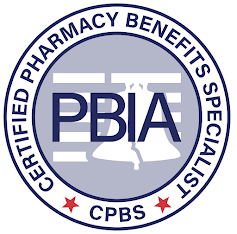Tip of the Week: Don’t Opt-Out of Step Therapy Programs
Step therapy is a process that requires physicians to prescribe more costly drugs, usually brand drugs, only after a less costly drug treatment has been tried and failed with a patient. Step therapy is just one tool in the drug utilization management (DUM) toolkit which includes drug utilization review, quantity limits, prior authorization, refill too soon, and mandatory generic enforcement programs just to name a few. Step therapy programs evoke strong emotions in both support and opposition.
 |
| Click to Enlarge |
Coalition of State Rheumatology Organizations: Step therapy can lead to serious negative patient outcomes and increased costs if not carefully managed. Step therapy needs to be regulated by nationally recognized clinical practice guidelines. Physicians should have the authority to override step therapy protocols based on a patient’s medical history. Override protocols should be clear and abbreviated.
Patient Rising: Step therapy prevents patients from accessing treatments prescribed by their doctor, and instead mandates a course of treatment mandated by their insurance carrier. Patients start with older, cheaper treatments, and if they are not effective, patients “step” to another treatment. Some patients suffer terribly during this process, becoming sicker when denied prescribed treatments. For this reason, it becomes abundantly clear why patients across the country have another description for step therapy: “fail first.” When a patient has to fail first on a drug before being allowed to take the medication originally prescribed, the patient, physician and public health suffers.
National Psoriasis Foundation: Because of the rise in costs of conventional medical treatments, many patients nowadays are beguiled by their health insurance companies into undergoing considerably less expensive options such as step therapy. This “wealth before health” kind of thinking is actually futile and unwise, at best, since step therapy is never a good option in treating life-threatening diseases.
According to a new study, led by researchers at Tufts University, tracked the application of step therapy protocols across 17 payers. Across those insurers, 38.9% of coverage policies deployed some kind of step therapy protocol. On average, insurers required 1.5 steps in their protocols, with 66.6% of policies requiring a single step. Of the remaining policies, 22.7% required two steps, 7.6% were three steps and 3.1% included four or more steps, according to the study.







